Bill is one of the most recognizable cards from the Pokémon TCG’s early sets. It’s a simple Trainer that draws 2 cards. A perennial format staple, Bill has enjoyed nigh-auto-include status in most decks for nearly 30 years. It is beloved. And sometimes, when you love something, you have to let it go.

Today we flip conventional wisdom on its head. Drawing 2 cards with Bill can cost you games, and blindly running the card actively makes you worse at Base-Fossil. We’ll look at why Bill is misunderstood, where it actually belongs, and what you can run instead to up your win rate.
The Draw of Bill
It’s no wonder prevailing thought endorses 4 Bill. On its face, Bill is a very alluring card. Analyzing its appeal is key to breaking its spell.
You’ve Been Brainwashed
Drawing 2 for a single-card investment is a pure +1 from a hand size perspective, and in many TCGs, that’s the most relevant factor when assessing consistency tools. Bias from these other games taints how Base-Fossil newcomers view Bill.
Magic: The Gathering
Magic’s Divination costs a prohibitive 2U (three mana, the Magic equivalent of Energy; that’s three turns of land drops needed before you get to spend your turn casting only Divination). Drop the cost to two mana and a conditional “Draw 2 cards” starts to see play even in Eternal formats like Vintage. Chart a Course, Night’s Whisper, and more recently cross-format all-star Expressive Iteration have all been competitive staples.
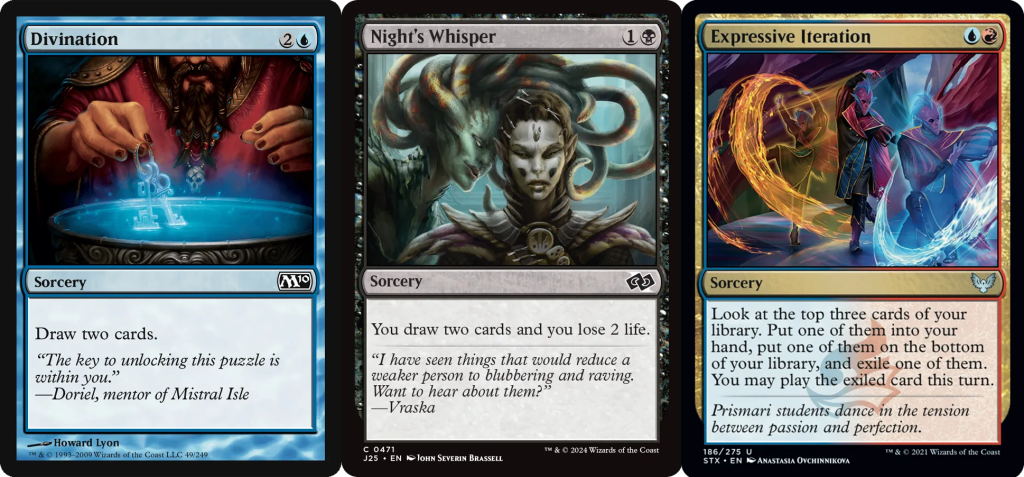
So a “free” (read: manaless) Divination looks totally busted to Magic players. In the context of this game, Bill is even stronger than the game’s most broken draw spell, Ancestral Recall.
Yu-Gi-Oh!
A closer analogue can be found in Yu-Gi-Oh!, a game where Spell cards are just like Trainers: you can play as many as you’d like during a turn, for no cost, and their effects are instantly consummated. This game literally has Bill: the infamous Pot of Greed.

Pot of Greed was introduced in the game’s first set, released March 2002, and started out Limited to one copy per deck. It was Forbidden in September of that year and has remained banned ever since. The card has become a meme for tide-turning showcases from the Yu-Gi-Oh! anime (in which the characters repeatedly explain the simple card’s effect) and a universal understanding of its brokenness among players: there is rarely any other card you would choose with a given draw, since Pot offers two new options, rather than one.
Pokémon Pocket
Bill also makes an appearance, albeit indirectly, in the new Pokémon Pocket mobile TCG game. Here, it’s renamed Professor’s Research and made a Supporter, a class of Trainers that can only be played once per turn to limit their impact. Since Pocket’s release early this year, this version of Bill has stood head and shoulders above any other card in the game. Research is the only card that all decks unanimously max at 2 copies, no matter the drawback of taking up your Supporter for the turn.
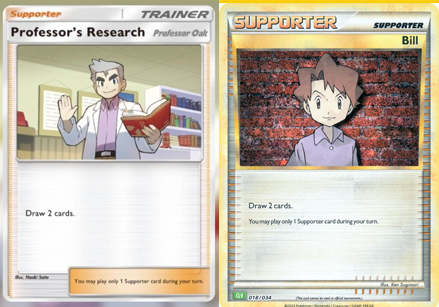
It’s therefore unlikely to ever again be printed as an unrestricted Item card in the modern Pokémon TCG; they reprinted it as a Supporter in the the Pokémon Trading Card Game Classic product two years ago.
“Draw 2 Cards” Is a Helluva Drug
I won’t deny that it feels really awesome to use Bill. Players get excited when they draw it, play it, and receive two shiny new cards for what seems at the time a trivial investment, or none at all. And it’s true that having more options allows you to make better plays. The question is whether those options justify the price.
No S.S. Anne Ticket Is “Free”
Magic, Yu-Gi-Oh!, Pocket… all settings where an unconditional Bill is hugely powerful. What’s so different about this format?
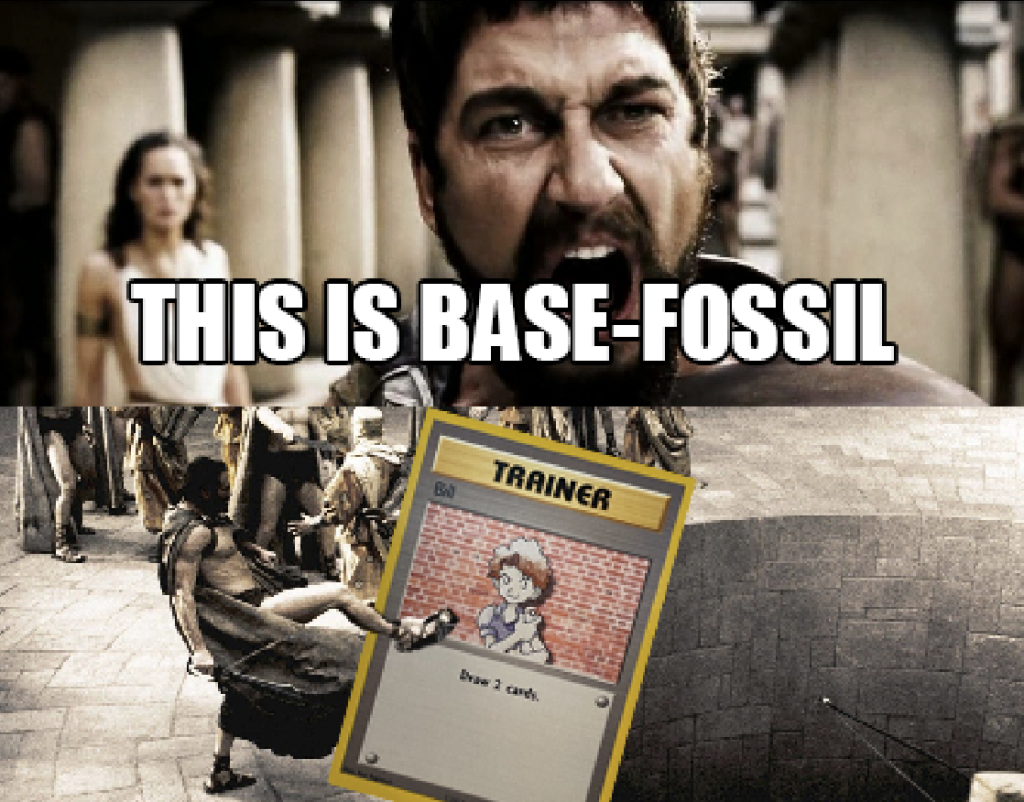
Losing Faster, Together
The format’s leading archetype is Lickitung, a stall deck that aims to run players out of cards. And Lickitung excels because when the most aggressive mons hit for 20 damage and resistance blocks 30, it can be quite difficult to take six Prizes before the game ends by deckout.
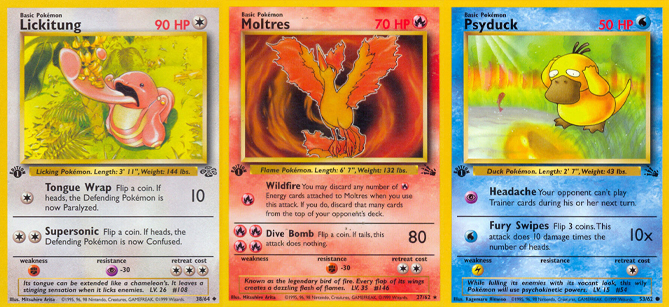
Even without Lickitung in the picture, it’s common for games to be decided with only a few cards left in deck for both players, or most commonly, for you to need resources and be stuck with a dead Professor Oak.
This is when you’ll acutely feel the fallout of playing Bill all those turns ago. It may be tough to pinpoint in-game, and tempting to blame the onslaught of Energy Removal, or your opponent hitting too many heads with Tongue Wrap. But that is in fact your penalty for including the innocuous and universally accepted Bill.
Put into actual numbers, each Bill you activate costs you 2-3 turns in the drawn-out games Base-Fossil produces: the 2 cards drawn from Bill, and the Bill card itself leaving your hand, which you could have shuffled back into the deck with Lass or Gambler for an extra turn of draw to help you take your last remaining Prizes or deck your opponent. So if you run 4 Bill, and end up using 3 of them in a game, you have functionally milled yourself for 9… that’s 15% of a 60-card deck, and of the precious time allotted you to win by Prizing.
Context Is Everything
In the other TCGs, organic deckouts virtually never happen. You are all but guaranteed to not see all the cards in your deck (except in Pocket, where if you see your whole deck you pretty much just win—there is no deckout in this game). That’s why cards like Arc-Slogger and Pot of Desires dominate their respective environments: there’s nothing lost from lowering your deck count, so a consistency boost like Bill’s supplies free tools with no downside.
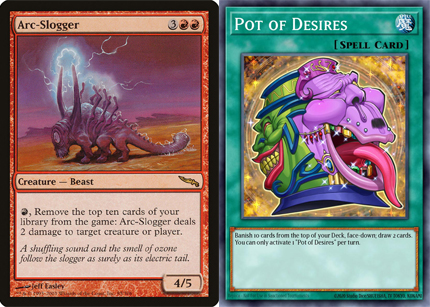
As long as you always finish the game with more than 2 cards remaining in your deck, Bill would have helped you by accessing the next 2 cards gratis. But when you see your entire deck, Bill is no longer giving you two options you would have never accessed otherwise. It’s just letting you see them a bit early.
Bill: Random Speed
Within the peculiar context of Base-Fossil, Bill offers something totally dissimilar to the Draw 2s of other games, however identical its text. Unlike Pot of Greed, Bill provides speed, not card advantage.
That’s less like free money and more like taking out a high-interest loan: you get a bit of early smoothing in exchange for longevity. And while Bill generates a couple new options for you this turn, it also unlocks options for your opponent that you will pay interest on.
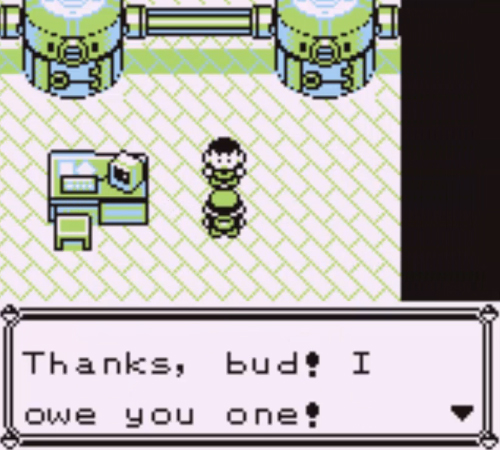
The door opens for them to transition to a deckout plan early, for instance. Moreover, since Bill equates to ~3 cards lost in the deckout war, playing a couple is all it takes to give your opponent a “free” Oak, nullifying any speed gained from your many Bills but not the inefficiency incurred.
Demand More from Your Cards
About that Professor Oak. Doesn’t this staple mill you out three times faster than Bill? Well, not exactly: Oak does over three times as much in a one-card package. And the key to not decking out isn’t don’t draw cards so much as maximize each slot. Let’s unwrap this nuance.
Professor Oak: Brutal Efficiency
Math time! Say you resolve a clean Oak with 0-1 cards in hand. How many Bills do you need to equal the value of that one Oak? Stop and think about this for a moment. While you do, we’ll discuss all the roles Oak fills that make its inclusion non-negotiable in Base-Fossil.
- It catches you up to your opponent, who is drawing through their own deck
- It pulls you way ahead, forcing opponents to play their own Oak to keep up
- It sets up your board or combo
- It bails you out of sticky situations
- It tears through your final cards to deterministically access a game-ending card like Item Finder

A single Bill only draws 2 and can’t do these things. But since Oak can, it’s worth building around. You play anti-deckout cards like Lass, Fuji, and Gambler in part to balance out the necessary Professor Oak, and those tradeoffs are worthwhile. By contrast, there’s no need to bend over backwards for Bill, which is totally optional. Many players don’t even run any. Soon, you may rank among them!
Back to our math problem… how many Bills equal the Oak? You spent one card on Oak and got seven in return, which is a +6. You could also draw six cards by activating three Bills (3 x 2). Except to utilize those three Bills, you have to actually play them out of your hand, which is 3 fewer cards. In other words, you would need six Bills to plus as much as one Oak. That’s more than you’re even allowed to run!
- Bill: 1 card that gets you 2 cards (+1)
- Oak: 1 card that gets you 7 cards (+6)
- 6x Bill (6 x +1) = 1x Oak (1x +6)
This inefficiency compared with alternatives is exactly what keeps cards like Full Heal and Pokédex from seeing play: they just don’t do enough to merit a precious slot.
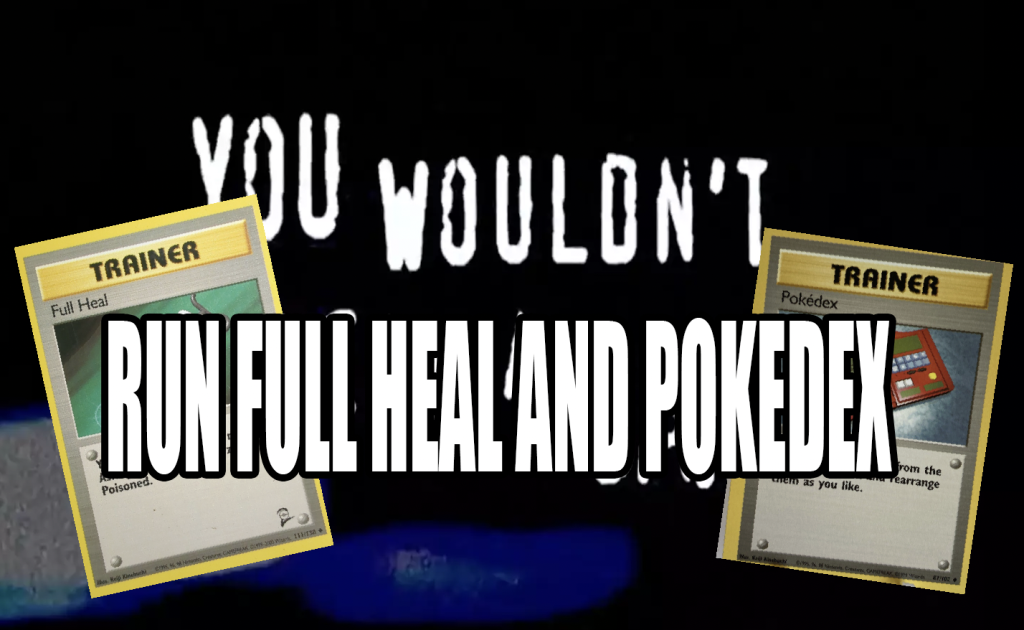
Computer Search: Skillful Precision
Computer Search is another card that yields something you’d draw anyway from future resources (four total cards are spent: Search and 2 discarded cards from hand, and the one found). The difference is finding a specific card at the right time will always trump the random speed boost of Bill. Played shrewdly, Computer Search converts into a vital Prize or builds meaningfully toward a game-winning setup, results Bill only achieves by chance.
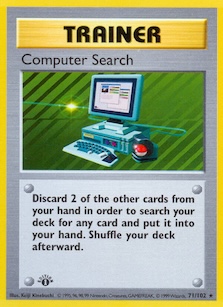
Getting the most from Search can prove arduous, but unlike with Bill, that ceiling is worth aspiring to, and doing so will make you a better player. Draw Bill instead, and you are denied an opportunity to explore the depth of Base-Fossil. All Bill offers is an easy and poor decision: “Draw 2 cards.”

There is a way to reclaim your Bill-addled mind: always ask yourself what you’d like that Bill you just drew to actually furnish. If the answer is frequently Energy, for example, you might be better off cutting Bill for more Energy. And remember that adding a second or third copy of another Trainer means you can realize that effect an additional time each game, which can also be preferable to a speed boost. In the next section, we’ll dive deeper into what can be gained by releasing Bill from your lists.
The Art of Billing Well: A Primer
What follows is a cheat sheet of my thoughts on the merits of Bill in different decks and the cards you might want to sleeve up instead.
How Many Bills to Run in Your Deck
Bill’s not always bad. It’s a natural fit in the Base-Fossil archetypes that want a speed boost, seeking to go way under the slower decks that rule the format, and has a place in other decks too. Here’s a comprehensive breakdown of where I’d advise running Bill, or not, and how many:
All-In: 4
Rain, Buzzap, and Donk want to get moving as fast as possible and defeat opponents before they can stabilize or draw out of an early Lass. Speed is the name of the game, so these decks are natural homes for Bill.
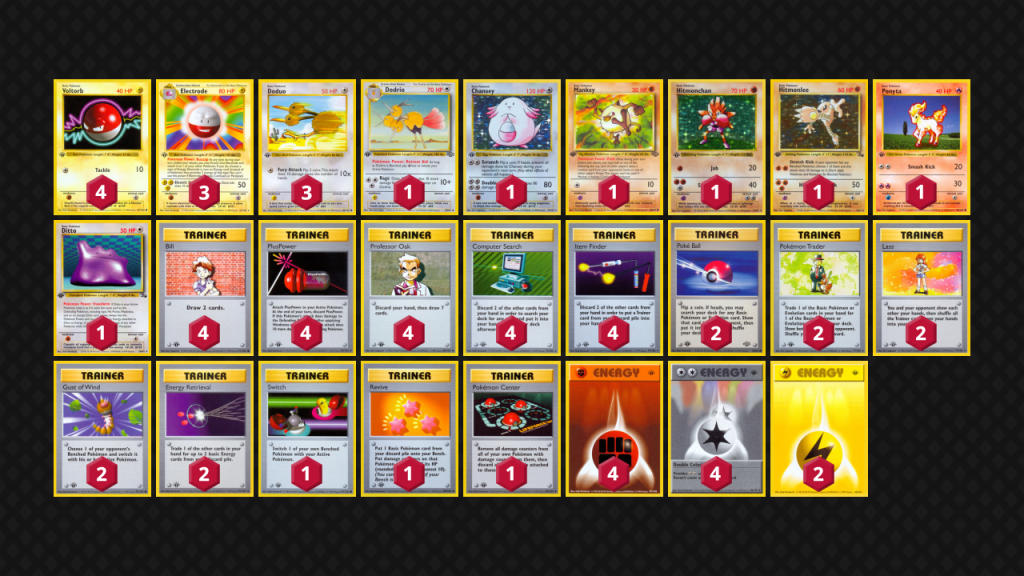
Takeaway: All-in decks should max Bill, Oak, and Computer Search.
Aggro: 1-4
Aggro runs 2-4 copies each of PlusPower and Gust of Wind, aiming to hobble an opponent’s setup in the early-to-mid game, then wipe up the mess with big attacks like Psyburn and Thunderpunch. As such, it’s less dependent on Bill than all-in decks. Haymaker requires a flowing stream of threats and aggressive trainers, while Wigglytuff employs Bill to stuff its Bench quickly (the card loses a ton of equity afterwards).
Here’s Baiy000r on his extensive testing with Bill in Wiggly decks:
“4 oaks, 3 computer searches and 3 pokemon traders is the sweet spot of all my testing sessions. 4 computer searches doesn’t give you a value boost that’s worth it. You still need some luck to get to your first oak or computer searches. So I tested 4 oaks with 3 computer searches and tried all variations of bill counts:
4 bills give you more often in the late game a bill, sometimes even two where you don’t need one. I prefer to cut the fourth bill to add a card that makes more of a difference.
3 bills gives you the most consistency while maintaining enough slots for other cards. It can still happen that you get a bill in the late game, but I excepted the trade off. Where bill shines the most is to get an energy card in the early game where you don’t have one in your hand. You find yourself in positions where you don’t want to oak yet even though you have one in hand, but you need an energy card. With 3 bills I felt pretty good to get to my first oak or computer search even when I didn’t have one in my opening hand. So bill has multiple functions to cover.
2 bills gave me the least value during my testing. It was always a hit or miss. I felt the same when I play 2 pokemon traders in wigglytuff decks. While 4 pokemon traders are too many, playing the deck with 1 or 2 felt awful and I found myself way too often discarding evolutions.
1 bill surprised me the most from time to time in wiggly decks. I got it often enough where I got value out of it and was able to delay to play oak by 1 turn which was a massive difference. I might need more testing with 1 bill though.
0 bills: Personally I tried with 0 bills for a longer period of time and you need more luck than I would prefer to set up good enough.
So my conclusion for wiggly decks was to play 1 bill instead of 0 or 3 bills if I have the deck space.”
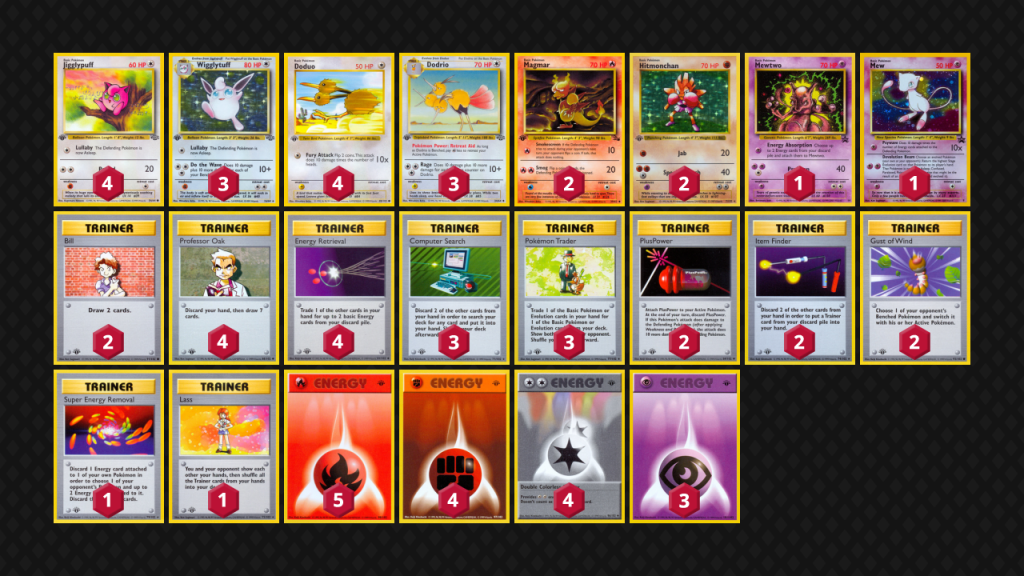
Takeaway: Aggro must find a balance between playstyle preference, expected metagame, and desired speed vs. staying power. Anywhere from 1 to 4 Bill is defensible.
Midrange: 0-2
Slower Pokémon Power decks can mostly avoid Bill, which at the moment is wildly over-represented in the archetype (see the multitude of 4-Bill Dodrio-Fighting-Psychic or Venusaur decks in our League standings that rarely win, or the 4-Bill stock lists of both on Jason’s blog).
These strategies aim for a drawn-out game where a crucial Power like Retreat Aid or Energy Trans lets them out-maneuver opponents on the board. In keeping with that plan, Stage 2 decks should prioritize repeatable forms of card advantage like Kangaskhan, while Pokémon Trader outdoes Bill’s unfocused speed boost when it comes to setting up.
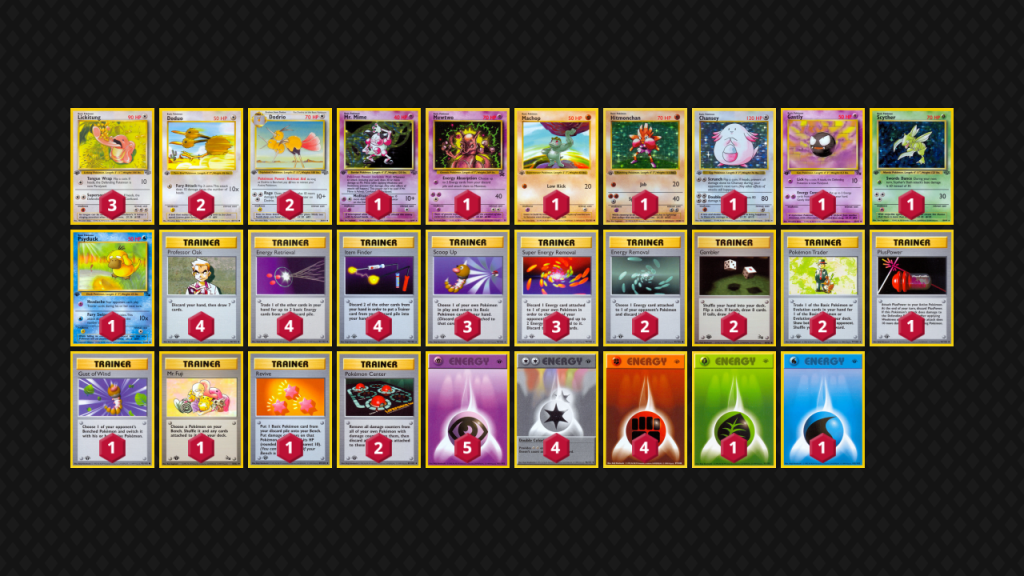
Takeaway: Midrange benefits more from consistency and repeatability than speed. Run Trader and Computer Search over Bill, and don’t leave home without Kangaskhan in Stage 2 setup decks.
Stall: 0
Lickitung Stall is successful because it leans into the fundamental dynamics of Base-Fossil. So of course it doesn’t play Bill. Part of what makes Stall so dominant even at lower experience levels is that players understand it to be a passive deck, and are therefore less susceptible to the trap of running the card here. On the flip side of the same coin, their opponents tend to over-run Bill in other decks, making those decks even worse against Lickitung.
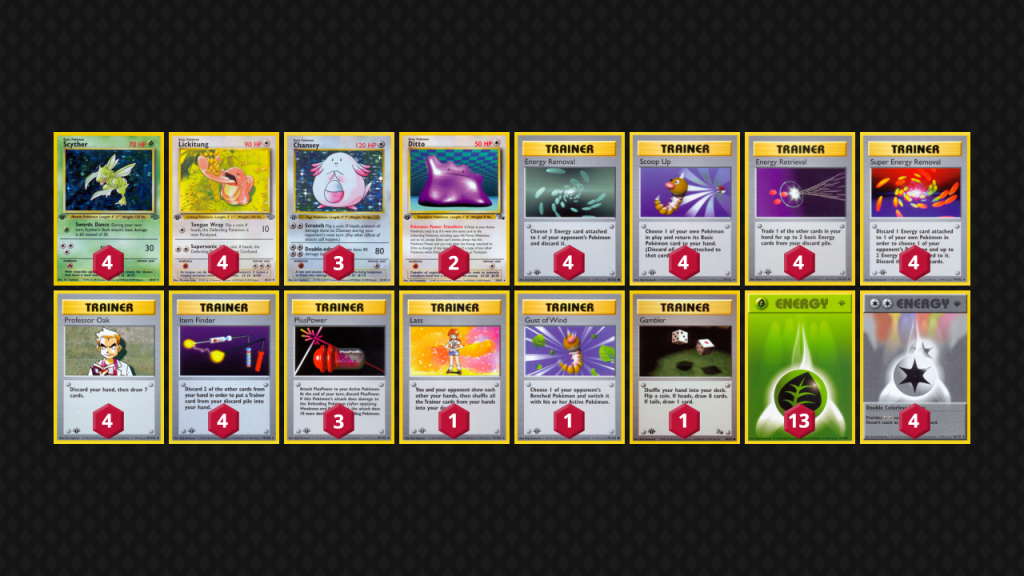
Takeaway: This one’s uncontroversial, but run zero Bill and 0-2 Computer Search in Stall.
-4 Bill, +4 ???
If you periodically find yourself losing to deckout, or running out of Energy, or some cards in deck short of playing a decisive Oak in the final turns, the time is ripe to cut your Bills for actual gas. Here are some suggestions…
- Computer Search: This is a great place to start if you’re new to the format, exactly because it is one of the hardest cards in Base-Fossil to resolve. You will learn something new every time you draw or play Computer Search, versus the brain cell extinguished per Bill.
- Item Finder: It’s not the most popular, but I like 3-4 Item Finder in a lot of my decks. Just as more Bills make your late-game exponentially worse, Item Finder makes it exponentially better, and if you can learn to navigate the early game with fewer Bills, you will crush players who blindly max them.
- Energy Retrieval and Energy: ERT should be the first card you bring up to 4 copies if your Bill deck seems to run out of Energy in the late-game. Similarly, adding 1-4 Energy cards will significantly up your resilience to Energy Removals.
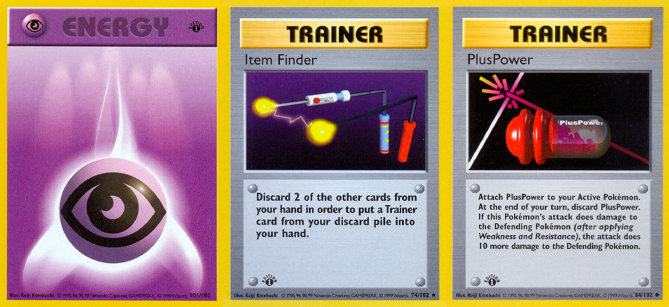
- Mobility: More copies of Switch/Scoop Up, or a beefier Dodrio line and Traders to support assembling Retreat Aid, will also save you Energy over the course of a game.
- Aggression: Adding more Gust of Wind or PlusPower will let you take an extra Prize out of nowhere, sometimes saving you a critical Item Finder.
- Utility: Fun stuff like a second Mr. Fuji or Gambler, Pokémon Center / Super Potion / Defender, or Lass will win points against different decks in different situations. Ditching Bills to experiment with these cards leads to an intimate understanding of Base-Fossil dynamics that manifests in your win rate.
The Bill Paradox
Turning theoretical principles into wins is a matter of grounding the abstract. So here’s a rule of thumb to follow when considering how many Bills to run based on your expected metagame (what you’ll play against).
The faster your opponent is tearing through their deck, the better your own Bills get, since you’re likelier to wrap up with cards left in deck. I call this the Bill Paradox:
Bill helps and hurts both in and against the same archetypes. (It’s bad in and against Stall; it’s good in and against Haymaker; etc.)

Pro-Bill strategies happen to make up a minority of the winning metagame, which is why Bill is often a liability. But if your entire playgroup is on Tradmaker and Rain Dance, yeah, play 4 Bill, even in your Lickitung deck!
Ashton Says “Smell Ya”
Who am I, anyway? Just a Base-Fossil obsessive and lifelong deckbuilder who has published hundreds of Magic: The Gathering articles. I am no authority on this format, but I have put in a year-plus of reps and come to the above conclusions despite the predominant narrative even among top players that high counts of Bill belong in most Base-Fossil decks.

Too true. Which is why I encourage you to axe Bill from your own deck and see the difference. I believe you will win more and improve faster. And if you disagree, drop a comment or @ me in the Discord! We’re constantly dissecting such topics in there.
Thanks for reading and see you in the Leagues!
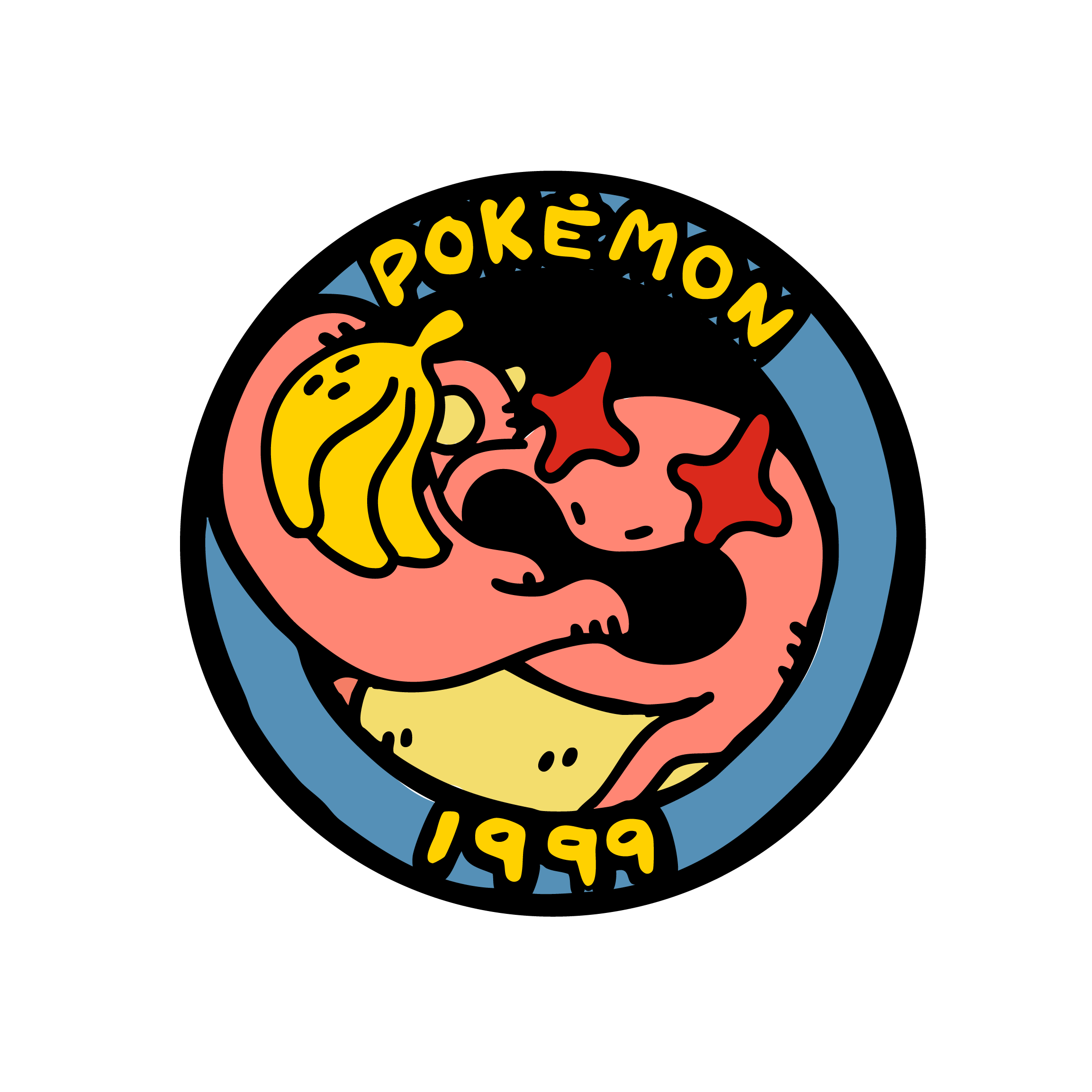
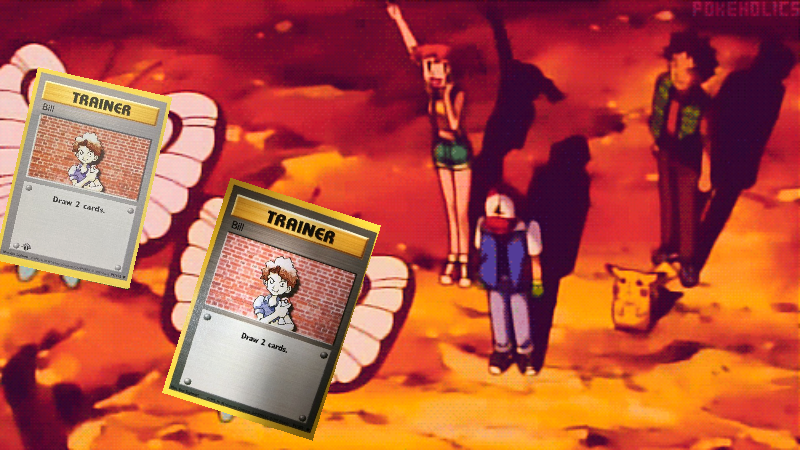
Leave a Reply